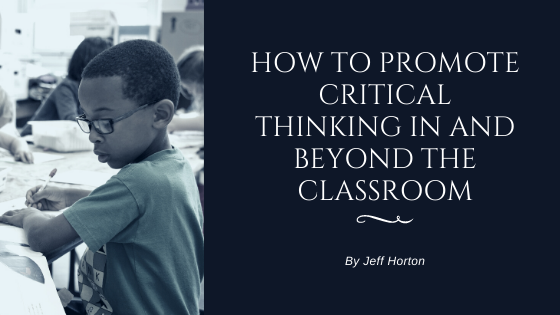In many ways, critical thinking is an increasingly valuable skill. However, modern society often presents opportunities where critical thinking feels unnecessary or redundant. Even in such situations, those with honed critical thinking skills will be more inclined and equipped to identify bias, misconception, and verity. Critical thinking skills are often taught in the classroom, but it is important to foster these skills in both an educational and a real-world context.
Collaboration
One of the best ways to promote critical thinking at every age is through group activities and a culture of collaboration. Being exposed to the opinions and thought processes of others can naturally lend itself to critical thinking as students in such situations will wonder how others think the way they do and learn to be more open-minded. As a result, students who collaborate like this will be better equipped to tackle difficult tasks or challenges as they appear.
Project-Based Learning
Another great educational tactic to promote critical thinking is the integration of a project-based approach. With project-based learning, students will use the skills and knowledge they’ve learned to collaborate and complete multi-faceted tasks. This process inherently demands critical thinking skills, so students will have multiple opportunities to develop and hone what they have already developed in that area.
Solution Fluency
Defined as a process for working through any problem, solution fluency is a six-step process used to determine what to do and what steps to take. There are six key parts to solution fluency known as the 6Ds. They are as follows:
- Define
- Discover
- Dream
- Design
- Deliver
- Debrief
Using these steps, students can learn how to break down complicated concepts, problems, and tasks in order to better understand what they are dealing with and how to identify the best path to success.
Application Technique
In addition to presenting opportunities for critical thought, educators should also strive to provide tools for students to learn how to apply the practice to everyday life. From hypothetical situations and thought experiments to exposure to actual experiences outside the classroom, teachers can help students learn how critical thought is beneficial and essential every day.
Critical thinking is crucial for optimal functionality in and beyond the classroom. By promoting the development of such skills in educational settings, teachers can encourage students to be think critically when they are presented with new information and unique situations.
